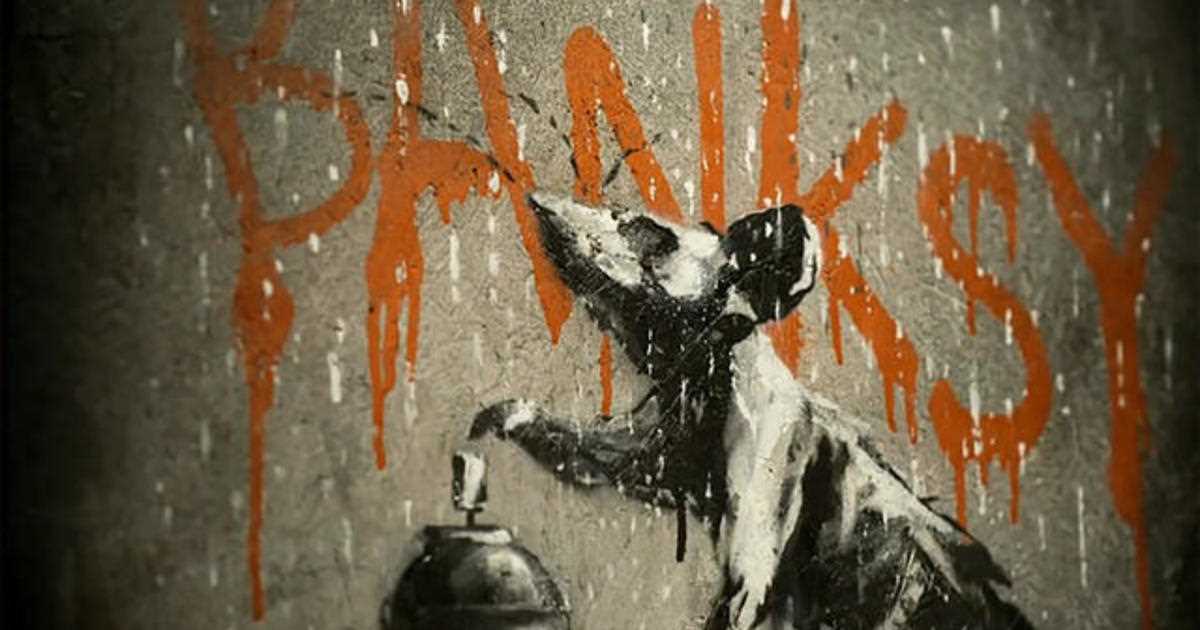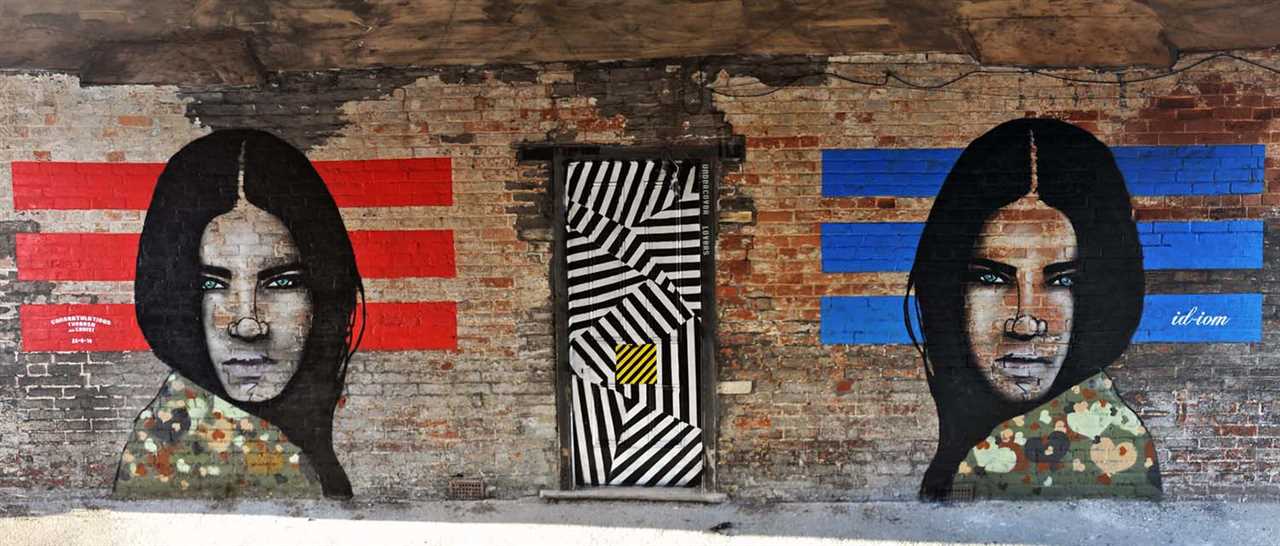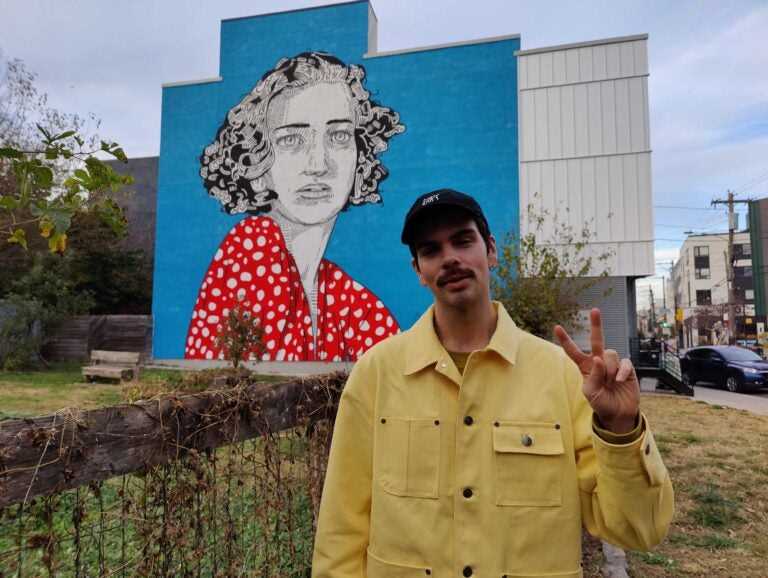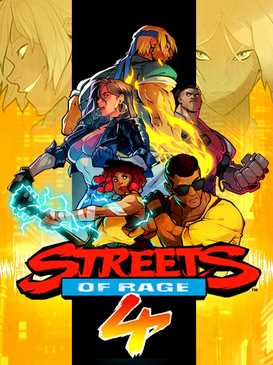Street art has always been a powerful form of expression, allowing artists to communicate their ideas and opinions with the world. One artist who has made a significant impact on the street art scene is UR. His unique style and thought-provoking messages have captivated audiences around the globe.
UR, whose real identity remains a mystery, has been leaving his mark on the walls of cities for several years. His artwork can be found in urban areas around the world, from New York City to Berlin to Tokyo. The anonymity of the artist adds to the allure of his work, allowing viewers to focus solely on the art itself.
What sets UR apart from other street artists is his ability to convey complex emotions through his art. His pieces often feature bold colors, intricate designs, and powerful imagery. Each work tells a story, sparking conversations and challenging societal norms. The messages conveyed in UR’s art range from social issues, political commentary, to personal reflections on life.
UR’s art has not only gained recognition on the streets but has also found its way into galleries and museums. His provocative pieces have been exhibited worldwide, raising questions about the boundaries between street art and traditional art forms. Whether seen on the side of a building or within the confines of a gallery, UR’s art continues to inspire and provoke thought.
Started in 2007, M.U.R Street Art is a unique form of street art that combines graffiti with political and social activism. M.U.R, which stands for “Modulable, Urbain, Reactif” (Modular, Urban, Reactive), was founded by a group of artists in France who wanted to use public space as a canvas for their messages and ideas.
Origins
M.U.R Street Art originated in France as a response to the increasing commercialization and homogenization of public spaces. The founders of M.U.R wanted to reclaim these spaces and use them as a means of expression and critique. They believed that street art should be accessible to everyone and not limited to galleries or museums.
M.U.R began with a series of collaborative art projects in various cities across France. These projects involved bringing together local artists to create murals and large-scale artworks in public spaces. The aim was to engage with the community and create a dialogue about social and political issues.
Evolution
Over the years, M.U.R Street Art has evolved and expanded to other countries around the world. Artists from different backgrounds and styles have joined the movement, bringing their own unique perspectives and techniques. M.U.R has become a platform for artists to express themselves and address a wide range of topics, from environmental activism to urban development.
The organization behind M.U.R has also grown and established partnerships with local governments and organizations. This has allowed for the creation of legal and sanctioned spaces for street art, ensuring that artists can continue to create without fear of prosecution.
| Year | Location | Theme |
|---|---|---|
| 2009 | Paris, France | Resistance and Solidarity |
| 2012 | Berlin, Germany | Freedom and Unity |
| 2015 | New York City, USA | Diversity and Inclusion |
Today, M.U.R Street Art continues to inspire artists and communities worldwide. It serves as a reminder of the power of art to transform public spaces and stimulate meaningful conversations.
The M.U.R Street Art Project

The M.U.R Street Art Project, which stands for “Modulable, Urbain, Réactif” (Modular, Urban, Responsive), is a unique initiative that has been transforming the urban landscape in cities across France. Started in 2007, this project aims to create a platform for both established and emerging street artists to showcase their talents and make a positive impact on the community.
What sets this project apart is its modularity and responsiveness. The walls used in the project are designed to be easily replaced or modified, allowing for a continuous transformation of the urban landscape. This means that the artwork displayed on the walls is not permanent and can be replaced with new creations regularly.
In addition to promoting artistic expression, the M.U.R Street Art Project also aims to engage the local community. The project often includes workshops, exhibitions, and events that involve both artists and residents, fostering a sense of connection and ownership of the public space.
The M.U.R Street Art Project has gained recognition not only in France but also internationally. Many cities around the world have adopted similar initiatives inspired by the project’s innovative approach. It has become a way to revitalize urban areas, promote cultural diversity, and challenge traditional notions of art.
Techniques and Styles in M.U.R Street Art
Street art in the M.U.R neighborhood is notable for its diverse range of techniques and styles. Artists who showcase their work on M.U.R walls often employ various methods to bring their creative visions to life.
One popular technique found in M.U.R street art is stencil art. Artists create intricate stencils of their designs and use spray paint to apply them onto walls. This technique allows for precise and detailed images, resulting in visually striking pieces. Stencil art is often used to convey political or social messages, making it a powerful tool for artistic expression.
Another common technique used in M.U.R street art is mural painting. Artists create large-scale paintings directly on the walls of buildings, transforming dull surfaces into vibrant masterpieces. With their bold use of color and intricate brushwork, muralists bring life and energy to the neighborhood. These murals often depict a wide range of subjects, from abstract concepts to portraits of notable figures.
Graffiti art is also prevalent in M.U.R street art culture. Artists use spray paint and markers to create freehand designs and lettering. This style of street art is characterized by its fluid lines and expressive forms. Graffiti artists often incorporate elements of calligraphy and typography into their designs, resulting in visually dynamic and engaging artworks.
The style of street art in M.U.R is not limited to these techniques alone. Artists experiment with a wide range of styles, including abstract art, photorealism, and pop art. These diverse styles contribute to the richness and visual diversity of the neighborhood’s street art scene.
Overall, the techniques and styles seen in M.U.R street art showcase the immense talent and creativity of the artists. Whether through stencil art, mural painting, graffiti, or other styles, the artists of M.U.R continue to push boundaries and redefine the concept of street art.
Renowned M.U.R Street Artists
UR Street Art is home to some of the most talented and renowned street artists in the world. These artists use the walls of the M.U.R (Modulable, Urbain, Réactif) to showcase their incredible skills and artistic visions.
One of the most notable M.U.R street artists is Banksy, an anonymous graffiti artist who has gained international recognition for his politically-charged and thought-provoking artworks. Banksy’s stencil-based style and witty social commentary make him a favorite among street art enthusiasts.
Miss Tic
Another well-known M.U.R street artist is Miss Tic, a French street artist known for her distinctive stencils of glamorous female figures accompanied by poetic phrases. Her artworks often explore themes of femininity, desire, and empowerment, and can be found adorning walls throughout Paris and beyond.
JR
JR is another renowned M.U.R street artist who has made a name for himself with his large-scale black and white photographs pasted onto buildings and walls. His immersive and thought-provoking installations often address social and political issues and have been displayed in cities around the world.
These are just a few of the many talented M.U.R street artists who continue to push the boundaries of street art and inspire both local communities and global audiences with their creativity and talent.
Impact of M.U.R Street Art on the Local Community
M.U.R Street Art has had a profound impact on the local community. Through vibrant and thought-provoking murals, this initiative has transformed the streetscape and created a sense of pride and ownership among residents.
One of the most significant impacts of M.U.R Street Art is the revitalization of neglected areas. By turning blank walls into attractive canvases, the initiative has brought new life to once rundown neighborhoods. This has not only improved the aesthetic appeal of the community but also helped to attract tourists and increase foot traffic to local businesses.
Moreover, M.U.R Street Art has fostered a sense of community among residents. The murals often depict local cultural icons, historical events, or scenes from everyday life, resonating with the local population. By showcasing their stories and experiences, M.U.R Street Art has helped to connect people and strengthen their sense of identity and belonging.
Furthermore, M.U.R Street Art has provided a platform for local artists to showcase their talent and gain recognition. Through this initiative, emerging artists have been given the opportunity to display their work on a large scale, reaching a wide audience. This exposure has not only boosted their careers but also inspired other aspiring artists within the community.
In addition, the presence of M.U.R Street Art has had a positive impact on property values in the area. Studies have shown that neighborhoods with vibrant street art have experienced an increase in property prices. This is because the murals add to the overall attractiveness and desirability of the area, making it an appealing place to live and invest in.
Challenges and Controversies Surrounding M.U.R Street Art

Despite its popularity and cultural significance, M.U.R street art faces several challenges and controversies in its practice. One of the main challenges is the legality of the artwork. While some cities have embraced street art and established designated areas for its creation, others view it as vandalism and impose strict regulations against it.
Another challenge is the ephemeral nature of M.U.R street art. Due to its location in public spaces and exposure to the elements, street art is subject to damage or removal. This can be heartbreaking for both the artists and the community who appreciate their work. Efforts are being made to preserve street art, but it remains a contentious issue.
Controversies
M.U.R street art has also stirred controversy due to its subject matter. Some artworks may depict political or social themes that are considered controversial or offensive by some individuals or groups. This raises questions about the role of street art in public spaces and the balance between artistic expression and respecting community values.
The issue of ownership is another controversial aspect. Street art is often created without permission from property owners or the local government. This raises questions about property rights and whether the artists should be held accountable for their actions. Some argue that street art adds value to the urban landscape, while others view it as an infringement on private property rights.
The Future of M.U.R Street Art
Despite the challenges and controversies, M.U.R street art continues to thrive and evolve. Street artists are finding ways to navigate legal frameworks and establish collaborations with city officials and property owners. The recognition of street art as a form of cultural expression is growing, leading to more acceptance and support for its practice.
As the future unfolds, it is crucial to strike a balance between preserving the authenticity of street art and respecting the rights and values of communities. Finding common ground and fostering dialogue between street artists, communities, and local authorities will be essential in shaping the future of M.U.R street art.
M.U.R Street Art Festivals and Events
The M.U.R street art festival is an exciting annual event that celebrates the vibrant street art scene in cities around the world. Artists from all walks of life come together to create stunning murals and graffiti artworks on public walls, transforming bland urban spaces into colorful and thought-provoking works of art.
Each year, the festival attracts an international lineup of talented street artists, who contribute their unique styles and perspectives to the urban landscape. From large-scale murals to smaller stencil works, the diversity of artwork on display at M.U.R festivals never fails to impress visitors.
M.U.R Festival Highlights
One of the highlights of the M.U.R festivals is the live painting sessions, where visitors can watch artists in action as they create their masterpieces right before their eyes. This interactive experience gives festival-goers the opportunity to engage with the artists and gain insight into their creative process.
In addition to live painting sessions, M.U.R festivals also feature art exhibitions, workshops, and panel discussions that explore the art form in greater detail. Artists and experts in the field come together to share their knowledge and discuss the importance of street art in contemporary society.
Community Involvement
M.U.R festivals place a strong emphasis on community involvement, with many events being held in neighborhoods that are in need of revitalization. By transforming public spaces with street art, the festivals aim to promote a sense of pride and ownership among local residents.
Furthermore, M.U.R festivals often invite local artists to participate in the event, providing a platform for them to showcase their talent alongside internationally renowned street artists. This collaborative approach helps foster a sense of unity and solidarity within the street art community.
Overall, the M.U.R street art festivals and events not only celebrate the creativity and talent of street artists but also serve as catalysts for social change and urban revitalization.
Preservation and Conservation of M.U.R Street Art

Preservation and conservation are key considerations when it comes to protecting M.U.R street art. The ephemeral nature of street art makes it susceptible to damage from weather, vandalism, and other external factors. Therefore, steps must be taken to ensure its longevity and continuous enjoyment by the public.
One method of preservation is to apply a protective coating to the street art. This coating acts as a barrier, shielding the artwork from rain, sun exposure, and graffiti. It helps to maintain the vibrancy of the colors and prevents fading over time. Additionally, the protective coating makes it easier to remove any unwanted graffiti without damaging the original artwork.
Regular maintenance is also crucial for the preservation of M.U.R street art. This involves inspecting the artwork periodically to identify any signs of deterioration or damage. If any issues are detected, immediate action should be taken to address them, whether it’s repairing cracks or repainting areas that have been vandalized. By addressing problems promptly, the lifespan of the street art can be extended.
Another important aspect of conservation is the involvement of the local community. Engaging residents in the preservation of street art fosters a sense of ownership and pride, making them more likely to protect it from harm. Community events, workshops, and educational programs can be organized to raise awareness about the significance of street art and how it enhances the cultural fabric of the neighborhood.
Furthermore, collaborations with local authorities and organizations can also contribute to the preservation of M.U.R street art. By working together, strategies can be implemented to prevent unauthorized removal or destruction of street art, while also ensuring that new developments or construction projects do not adversely impact existing artwork.
Future of M.U.R Street Art
The future of M.U.R Street Art is bright and full of possibilities. As this art form continues to gain recognition and appreciation worldwide, we can expect to see even more innovative and thought-provoking art on the streets.
One aspect that is likely to continue evolving is the collaboration between street artists and technology. With advancements in virtual and augmented reality, street art has the potential to become even more immersive and interactive. Imagine walking down the street and being able to see a mural come to life through your smartphone or augmented reality glasses.
Social and political impact
M.U.R Street Art has always had a strong social and political impact, and this is expected to continue in the future. Artists will continue to use their work as a means of expressing their opinions and raising awareness about important issues. Whether it’s advocating for social justice, environmental conservation, or human rights, street art will continue to be a powerful tool for sparking conversations and inspiring change.
In addition, the future of M.U.R Street Art will also see an increased focus on community engagement. Street art has the ability to bring people together and create a sense of belonging. It has the power to transform neglected spaces into vibrant and dynamic art galleries. We can expect to see more events and festivals centered around street art, where artists from different backgrounds can come together to share their art and inspire others.
Continued innovation and experimentation
In the future, M.U.R Street Art will continue to push boundaries and challenge traditional notions of art. Artists will continue to experiment with new techniques, materials, and styles, creating even more visually stunning and thought-provoking works of art. We can expect to see a fusion of different art forms, such as graffiti, stencil art, and digital art, resulting in even more diverse and dynamic street art scenes.
Technology will also play a role in the innovation of M.U.R Street Art. Artists will continue to explore new ways of integrating technology into their work, whether it’s through interactive installations, projection mapping, or digital art. The possibilities are endless, and we can only imagine what the future holds for this vibrant and ever-evolving art form.

I am a mural enthusiast and a fervent admirer of street art. Rather than creating murals myself, I am passionate about collecting them. My love for street art knows no bounds. I am dedicated to curating and cherishing these artworks that grace the streets. My collection stands as a testament to my profound appreciation for this form of artistic expression.
read about me




